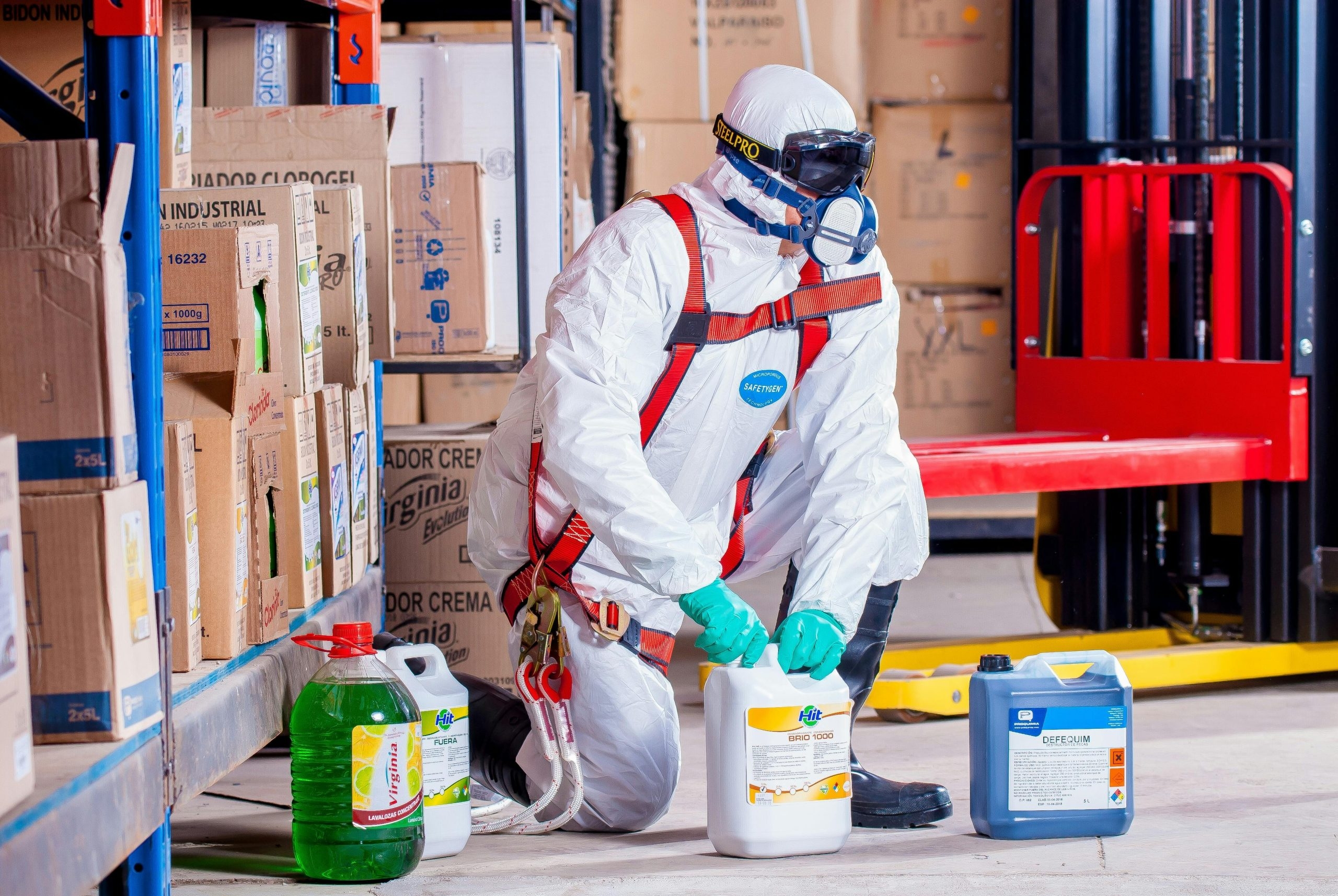The HSE has reported that “each year unsafe loads on vehicles injure more than 1,200 people”. Not only do unsafe loads cause injury to people but it costs businesses millions of pounds in damaged goods. Workplace transport is the second biggest cause for workplace fatalities. In 2013, there were 22,000 road impact incidents reported in England by the Highways Agency as a result of objects falling from vehicles and also in 2013, 2,000 prohibitions were issued by the DVSA for vehicles with unsafe loads.
A lorry driver has recently been jailed for 18 months and disqualified from driving for 21 months after a steam engine that he was carrying came off the back of his lorry on September 23rd, 2015. The steam engine fell directly into a passenger bus coming from the opposite direction, causing life changing injuries to the bus driver and six other passengers.
It was found that the lorry driver had failed to secure his load correctly by using canvas straps instead of four chains in each corner as he had been previously shown.
This incident highlights the severity of failing to secure loads correctly:
- Not only can unsafe loads fall from the vehicle but can also lead to loads shifting and can cause the vehicle to become unstable and over turn.
- Loads can shift at low speeds which are often caused by turning or braking.
- Loads can shift if not secured correctly and can be through no fault of the driver’s driving.
What you can do as an employer to ensure that loads are secure and safe?
As an employer you have a responsibility under the Health and Safety at Work Act 1974 and the Management of Health and Safety at Work Regulations 1999 to protect your employees but also other persons who may be affected by your work activities.
You need to ensure that the driver of the vehicle understands how their load was secured to the vehicle and to ensure that it will be maintained safely during transit and unloading. It is good practice to either have the driver load the vehicle (but they must be trained and competent to do so), or allow the driver to check the load before they leave the premises.
It is also good practice to develop a loading plan in conjunction with the premises that the goods tend to be unloaded. It is often reported that employees are either killed or seriously injured when unloading from a vehicle, as a result of objects falling onto them or they have fallen from the vehicle.
Correct Vehicle Loading
- Before the goods are unloaded it is important to check the load first to ensure that it is safe and that when restraints are removed that the load will not fall.
- When loads are placed on a vehicle they should be loaded right up to the headboard, if possible, and the headboard should be strong enough to hold the load. Any gaps between the headboard and the load should be filled in. Not all headboards are suitable to restrain certain loads.
- Before loading a vehicle, the headboard should be inspected and checked that the headboard on the vehicle is suitable for the load.
- The weight of the load should be spread out equally on the lorry to prevent the vehicle becoming unstable, resulting in overturning.
- To secure the load all equipment used should be in good condition and inspected regularly. The equipment used to secure the load will depend on the type of load being transported.
- Anyone loading a vehicle must be trained and competent to do so.
Overall, this case highlights the potential severity when loads are not secured properly. It is therefore important as an organisation that you ensure all vehicles going out onto the road or even around your premises are properly secured.
By Angela Laycock – Wirehouse Health & Safety Advisor






